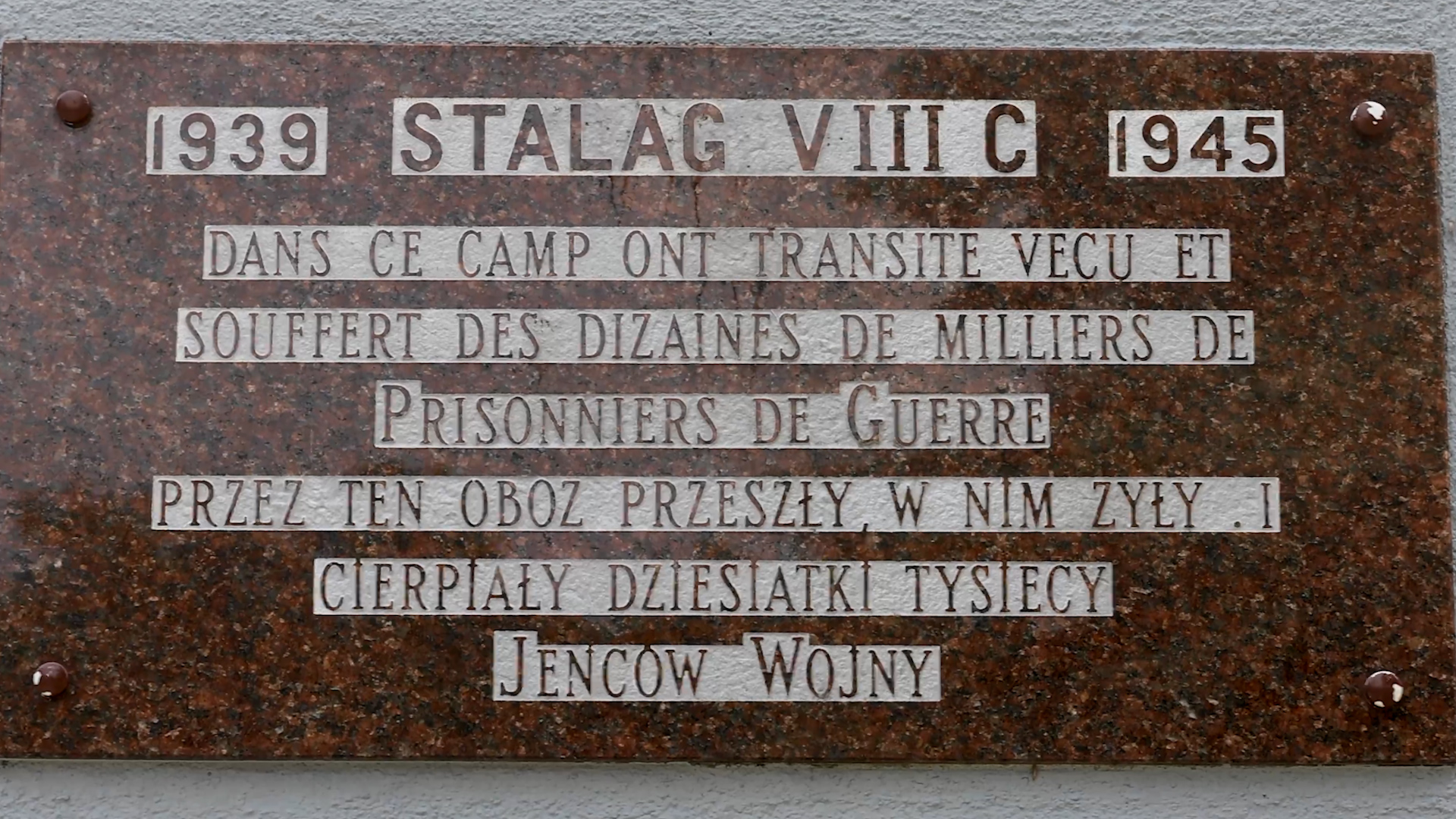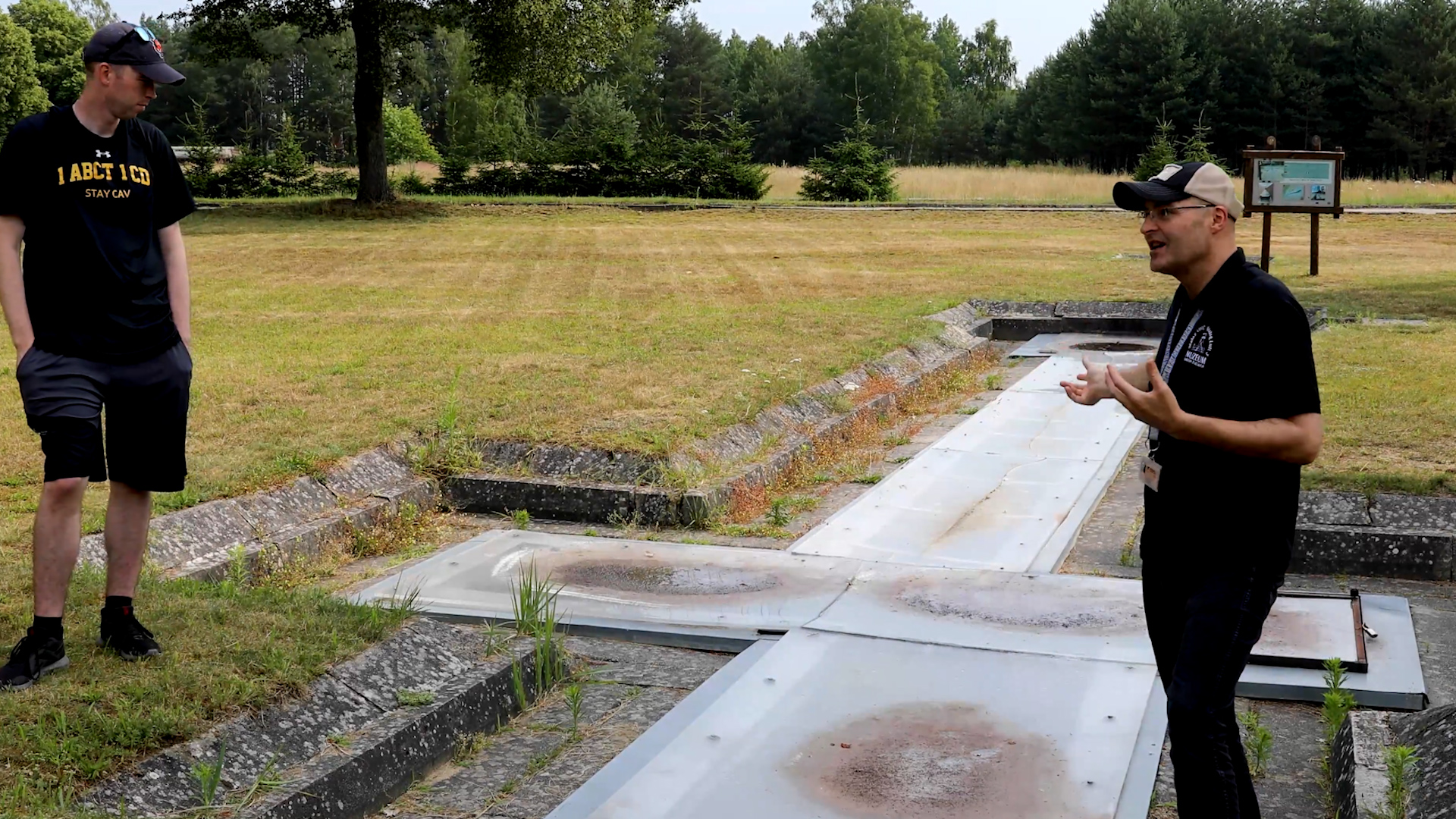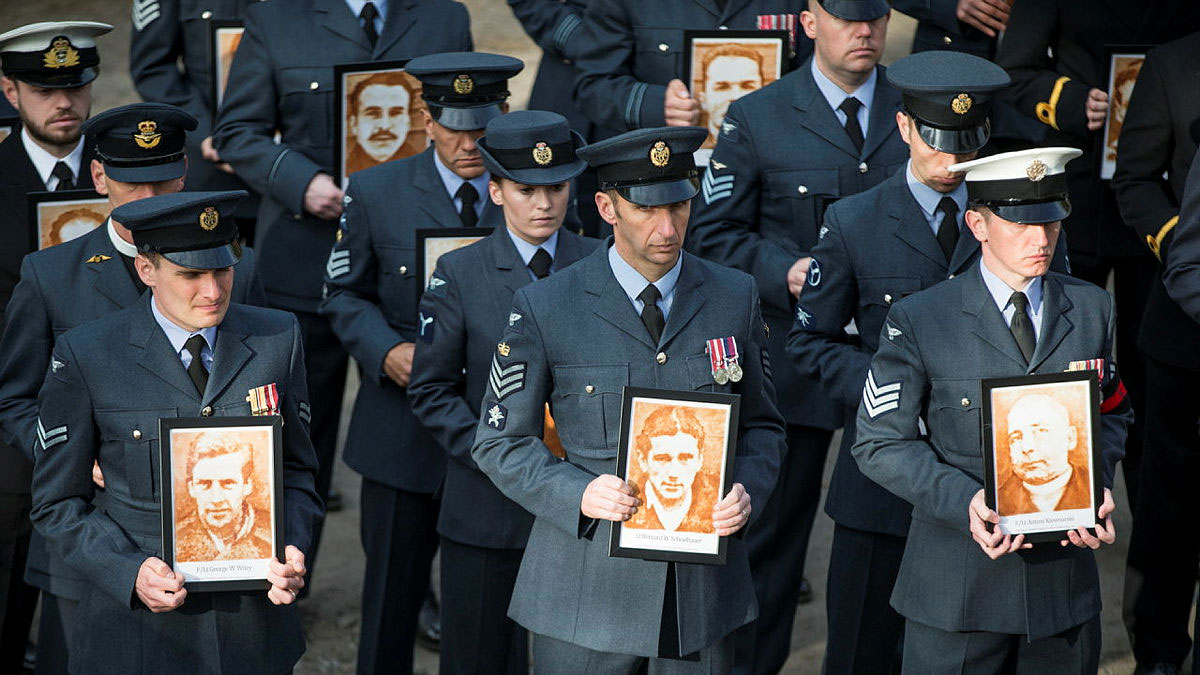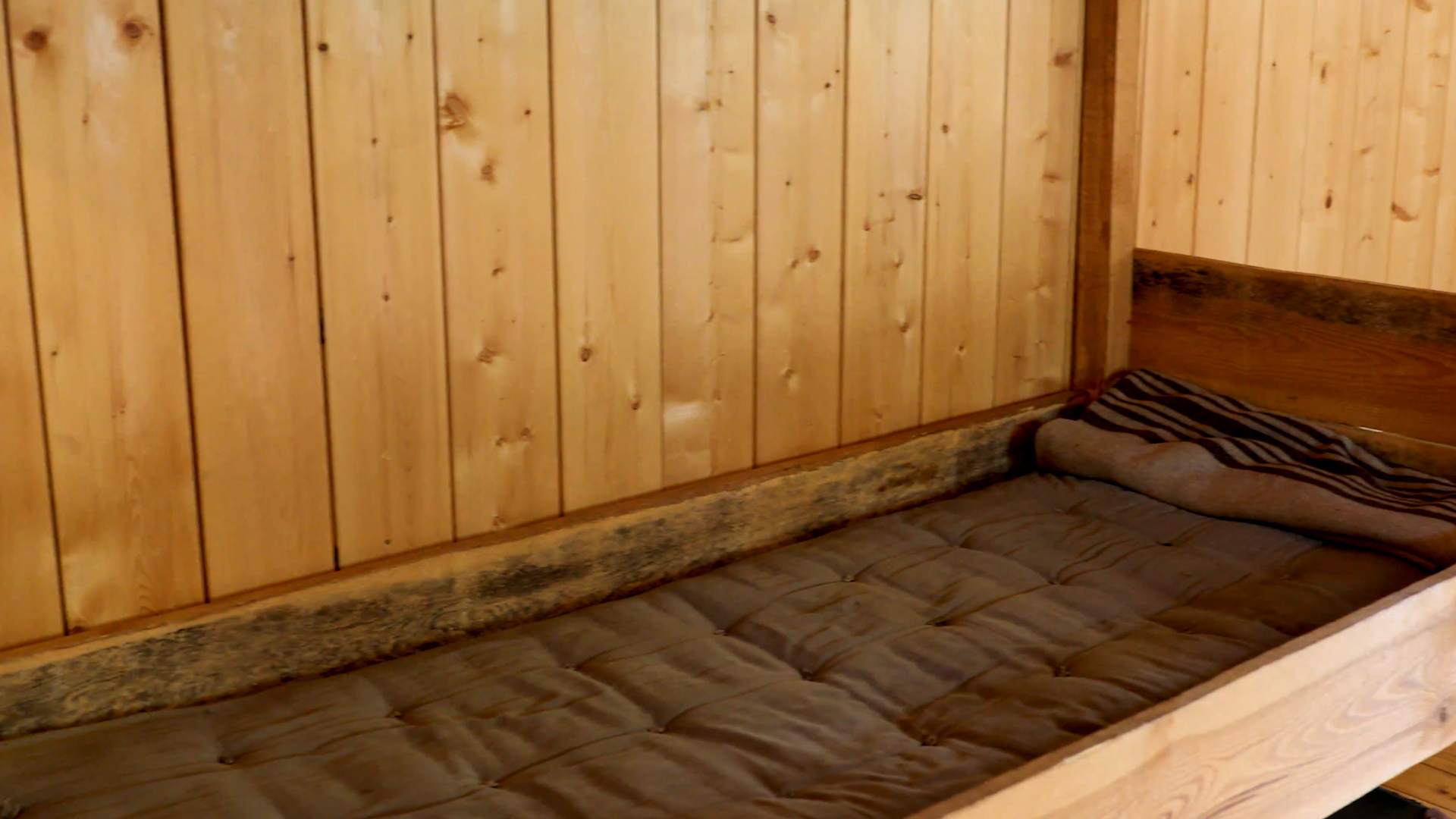
The Great Escape: 80th anniversary commemorations to get under way in Poland

Events marking the 80th anniversary of one of the most courageous breakouts of the Second World War are due to get under way in Poland.
On the night on 24 March 1944, the Great Escape – forever immortalised in the 1963 film starring Richard Attenborough and Donald Pleasence – saw 76 Allied prisoners of war evade their German captors, escaping via a tunnel under the wire of a prisoner of war camp in what is now western Poland.
Many of the escapees were later recaptured, despicably leading to 50 Allied airmen being executed on Hitler's orders.
The story of the breakout from Stalag Luft III – which was run by the Luftwaffe for captured Allied aircrews – was immortalised in film.
Generally regarded as a firm favourite among war film aficionados, The Great Escape dramatised the real-life events that took place 80 years ago this month.
The escape depicted in the classic movie unfolded after months of planning and preparation.
It saw 76 officers and other ranks escaping out of the camp having dug three tunnels named Tom, Dick and Harry.
On the night of the escape, Harry was used to allow the men a route under the wire and the guard towers, and out into the wilderness.
One of the film's stars, Donald Pleasance, was himself a PoW at another camp – Stalag Luft I – during the Second World War, having been shot down while flying bombing missions over Germany.
It meant that for the production of the hit film in the early 1960s, which also starred Steve McQueen, filmmakers and crew had direct access to a real-life survivor of a prisoner of war camp like the one portrayed in the movie.

But that fact hasn’t prevented history fans and those in the know from criticising some of the more 'Hollywood' moments in the film, which in real life didn't happen at all.
This included the onscreen contributions of American military personnel in the depicted break-out, something that was added to the screenplay for American audiences.
In fact, seven months before the escape, US PoWs had been moved away from their European and Canadian fellow campmates. This brought their involvement in the planned escape to an end.

Pleasence later recalled memories of his time making the film.
He said: "Coming from a theatre background, I had a lot of qualms with the way this big-budget movie was being made, but I kept my mouth shut and was ultimately very happy with the experience."
The real-life Great Escape ended in tragedy.
In the hours and days that followed, almost all of the escapees were located by disgruntled Nazis.

Hitler, furious at the news of the escape and keen to prevent further attempts, ordered 50 of the recaptured prisoners be executed, a shocking atrocity that will be central to the commemorations 80 years on.
Two years after the war concluded, a military tribunal found 18 people guilty of war crimes for shooting the recaptured prisoners of war. Thirteen of the convicted Nazis were executed.

Plans to mark the anniversary include a service of remembrance in the city of Poznan, approximately two hours from the site of Stalag Luft III, and what promises to be a deeply moving ceremony at what remains of the camp itself, involving 50 currently serving members of the Royal Air Force.
Forces News will be at the events and reporting on the commemorations as they unfold, all weekend.









